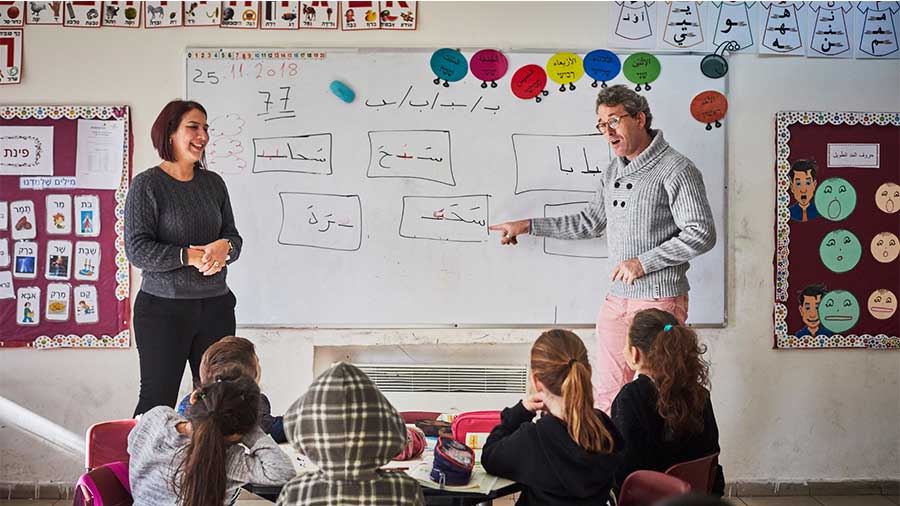School culture is the invisible yet powerful force that shapes the way a school operates. It reflects the shared values, vision, and norms that define how students, teachers, and staff interact and work together. A strong school culture promotes trust, collaboration, and a sense of belonging, while a weak one can hinder progress and morale.
As early as 1932, Willard Waller in The Sociology of Teaching, was one of the first to emphasise the significance of school culture. He described schools as “social organisms” with their own rituals, traditions, and interpersonal dynamics. Decades later, researchers like Deal and Peterson (2009), said that school culture is made up of unwritten rules and traditions, norms, and expectations that permeate everything: how people act, how they dress, what they talk about, whether or not they seek help from colleagues, and how teachers feel about their work and their students. Similarly, Schein (1985) described organisational culture as a set of unwritten directives that inform members about how to act in specific situations. These definitions highlight the pervasive and guiding nature of culture in shaping the daily experiences of everyone within a school.

The pandemic amplified the importance of school culture. Schools worldwide were forced to rethink not just how they teach but also how they support and connect with their communities. Teachers, too, needed a safety net to cope with the uncertainty of the pandemic world. This shift has highlighted the need for intentional efforts to create a positive, resilient culture.
Improving school culture is no small task, but it is achievable. Schools can use data, actionable insights, and deliberate strategies to cultivate environments that promote growth and connection. One powerful tool for this transformation is feedback. By gathering and acting on both community-wide and individual feedback, schools can identify strengths, address challenges, and ensure their culture evolves into continuous improvement.
Can schools improve their culture?
The answer is a YES. Schools are not static institutions; they are capable of evolving to better meet the needs of their communities. A healthy school culture benefits everyone by:
- Enhancing the quality of life for staff and students
- Promoting a sense of belonging and shared purpose.
- Creating an environment where everyone can perform at their best.
However, transforming school culture is not an overnight process. It requires intentionality, reflection, and sustained effort. Schools can achieve meaningful cultural improvement by:
- Identifying areas for growth: Use feedback from staff, students, and parents to pinpoint strengths and challenges.
- Setting clear goals: Define realistic and actionable objectives based on the feedback received.
- Monitoring progress: Continuously assess efforts to ensure they lead to tangible improvements.
By committing to these steps, schools can foster a culture that supports trust, collaboration, and continuous growth – key ingredients for a positive school culture.
The role of feedback in improving school culture
Feedback is one of the most powerful tools for improving school culture, as it provides valuable insights into where the school stands and opportunities for growth.
In schools, feedback can be grouped into two main types. The first is community-wide feedback, which focuses on evaluating and understanding broader trends within the school environment. It includes surveys, open discussions, or focus groups with staff, students, and parents to gather collective perspectives on the school system. This type of feedback highlights common themes, strengths, and areas needing improvement. By analysing trends, school leaders can identify patterns that may not be visible in individual conversations. For example, if surveys show staff feel undervalued, leaders can implement initiatives to boost recognition and morale. Similarly, input from students and parents can reveal gaps in communication, learning support, or extracurricular opportunities. Community-wide feedback ensures that all voices are heard, fostering a more inclusive and transparent approach to cultural improvement.

The second type is individual feedback, which occurs in one-on-one settings, such as private conversations between school leaders and teachers. It focuses on personal development, performance, and growth. Effective individual feedback is constructive, specific, and goal-oriented. For example, a school leader might provide a teacher with feedback on their instructional methods, offering actionable suggestions for improvement while also recognising their strengths. When delivered thoughtfully, individual feedback builds trust, enhances professional growth, and contributes to a culture of continuous improvement.
Both types of feedback play a crucial role in shaping a thriving school culture. Community-wide feedback helps schools see the bigger picture and identify systemic changes, while individual feedback supports personal growth and development. Both types of feedback create a balanced, holistic approach to cultural improvement.
Benefits of a strong school culture
A positive school culture has far-reaching benefits that impact everyone in the school community:
- Teacher retention: Educators are more likely to stay in schools where they feel valued, supported, and part of a thriving community.
- Staff satisfaction: A healthy culture fosters trust, collaboration, and open communication, boosting morale and job satisfaction.
- Student engagement: When students experience a supportive and inclusive environment, they are more motivated, engaged, and successful in their learning.
- Parent confidence: A strong school culture reassures parents that their children are in a safe, nurturing, and high-performing environment.
Setting goals for a thriving school culture
Improving school culture is an ongoing process that requires intentional, data-driven goal-setting. Feedback—both community-wide and individual—serves as the foundation for this process, ensuring that goals are rooted in real insights and address the unique needs of each school.
As you plan for the year ahead, consider how feedback can drive meaningful change in your school. Schools can create an environment where everyone thrives when they promote a culture of trust, collaboration and continuous improvement.
Transform your school with the Best School to Work Programme
A positive school culture is essential for everyone as it promotes a sense of belonging, collaboration, and shared purpose among staff, students, and the wider community. However, building and sustaining a positive culture requires more than just good intentions, it demands a strategic, data-driven approach. The Best School to Work programme equips schools with the tools to evaluate their current culture, identify areas for growth, and implement meaningful changes.
Through actionable insights from comprehensive surveys, certification to enhance your school’s reputation, and access to a global learning community, the programme empowers schools to create an environment where everyone can flourish. Your school can become a model of excellence and a place where students and staff thrive.
Learn more about how we can support your journey by visiting Best School to Work or booking a demo today.



